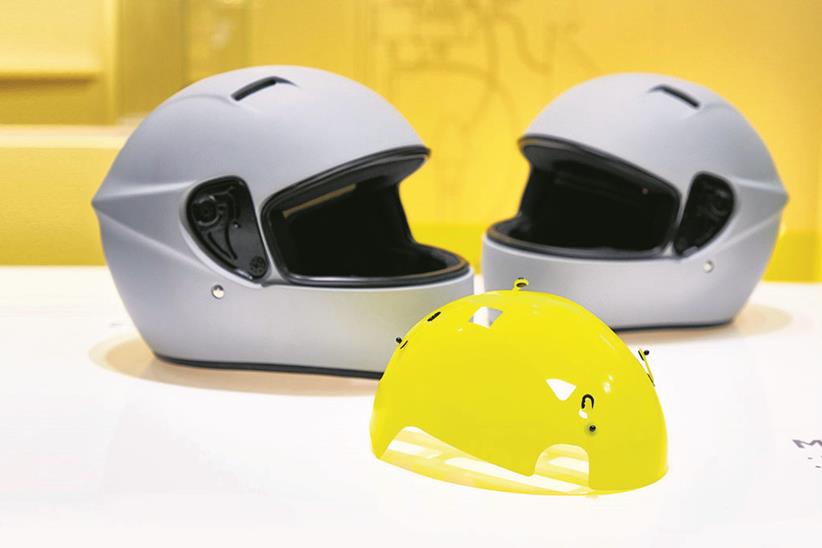Helmet technology that could save lives
How a ‘MIPS’ helmet liner can cut the likelihood of brain injuries dramatically.
This year’s EICMA motorcycle show was full of new innovations, including plenty of new helmets many of which featured a ‘MIPS liner’ but what on earth is that? We found out.
“The origins go back to the 1990s, to a neurosurgeon who was finding more people on his operating table with brain injuries even though they were wearing helmets,” says Greg Shapleigh, MIPS Board Member.
“Realising helmets obviously weren’t doing all that they could, he decided to do something about it. Working with various researchers his ideas lead to the ‘slip plane’ and an idea we now call ‘MIPS’.”
MORE FROM MCN
- Ride Romania by Monkey bike
- Norton reveal stunning Superlight minitwin sportsbike
- #ride5000miles spotlight: Mike Britt
- Spotted: new Husqvarna retro in testing
- Stay safe riding through winter
So what exactly is MIPS technology? MIPS stands for ‘Multi-directional Impact Protection System’ and in its simplest form, is a ‘slip plane’ that allows your head to move inside a helmet in the event of an impact.
How does it help? It’s all to do with how your head hits the ground (or other objects) when you crash.
Most helmet tests involve assessing the reduction of energy transfer to sensors within the helmet by striking the helmet against a fixed object at 90 degrees. This is great at testing the ability of a helmet in preventing skull fractures, however the likelihood of whacking something head-on is actually quite low; you’re much more likely to come in at an angle with a glancing blow, which is where slip plane technology comes into effect.
When you strike an object at an angle, a rotational force is sent through the helmet and straight to your brain. These oblique impacts subject the soft tissue of the brain to shearing forces, which is what does the damage.
![]()
The MIPS slip plane allows your head to move between 10-15mm in any direction at the point of impact, which can reduce the force transmitted to the brain by up to 40%.
But wait, doesn’t your scalp or neck do the same job?
“If you think about an accident taking place over a few seconds the part that really matters to your brain is the first seven to ten milliseconds,” explains Shapleigh. “In that first moment of impact the rider, helmet, and velocity combined causes a point load that’s enough to seize your head and neck completely solid, whereas the MIPS slip plane can still move under that load and within that tiny impact window.”
MIPS helmet liner overview
- Different strokes: Eight different slip plane designs have been made for cycling, snowsports and motorsport
- Heavy hit: The ‘Point load’ in a crash is c.750-1000kg, which unless absorbed or redirected goes straight into the body
- Minimum: Every incident is different, but for MIPS to approve a helmet their liner must reduce transmission force by 10%
- Growing: MIPS admit uptake among some helmet firms is slow but slip plane requests from pro riders are growing


